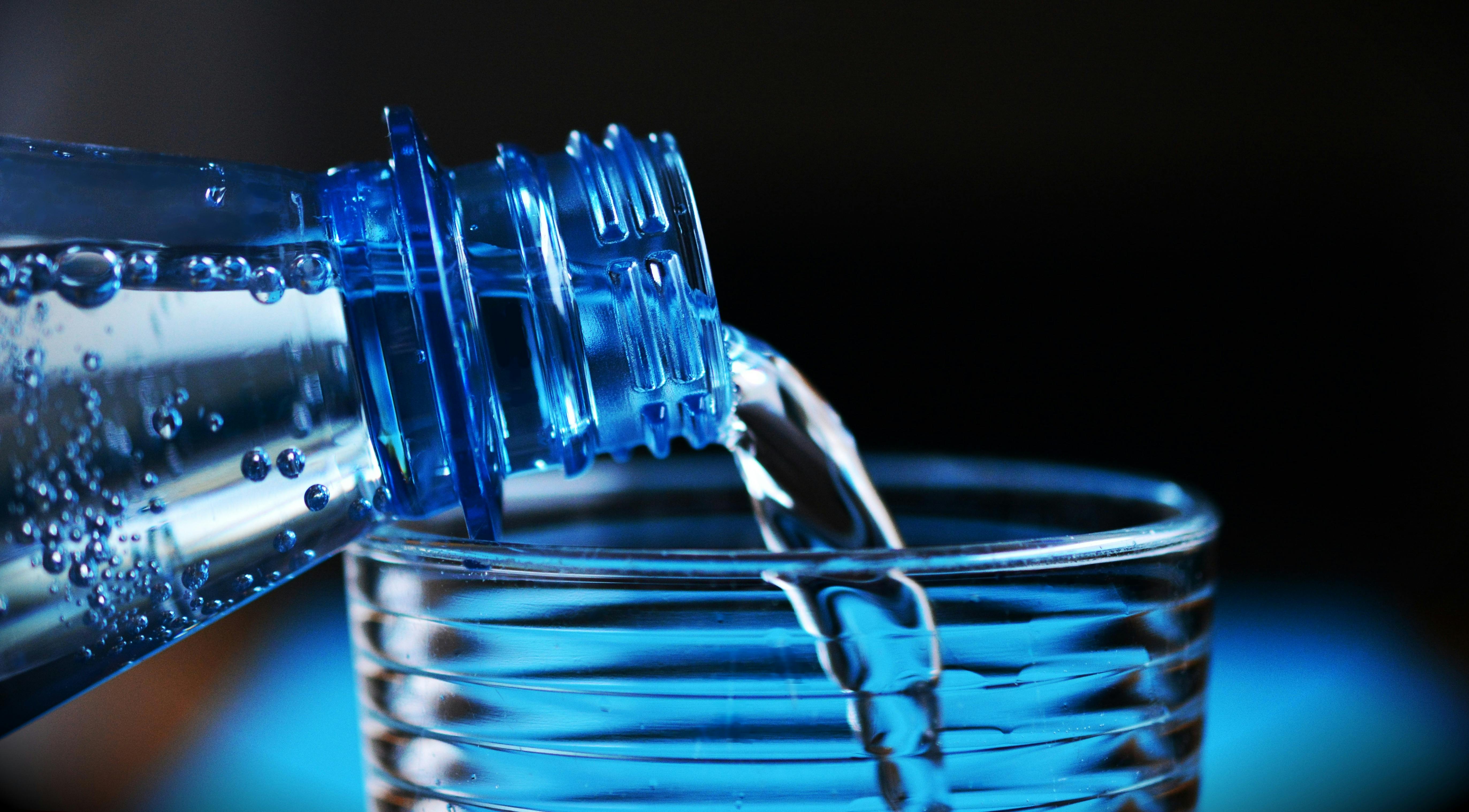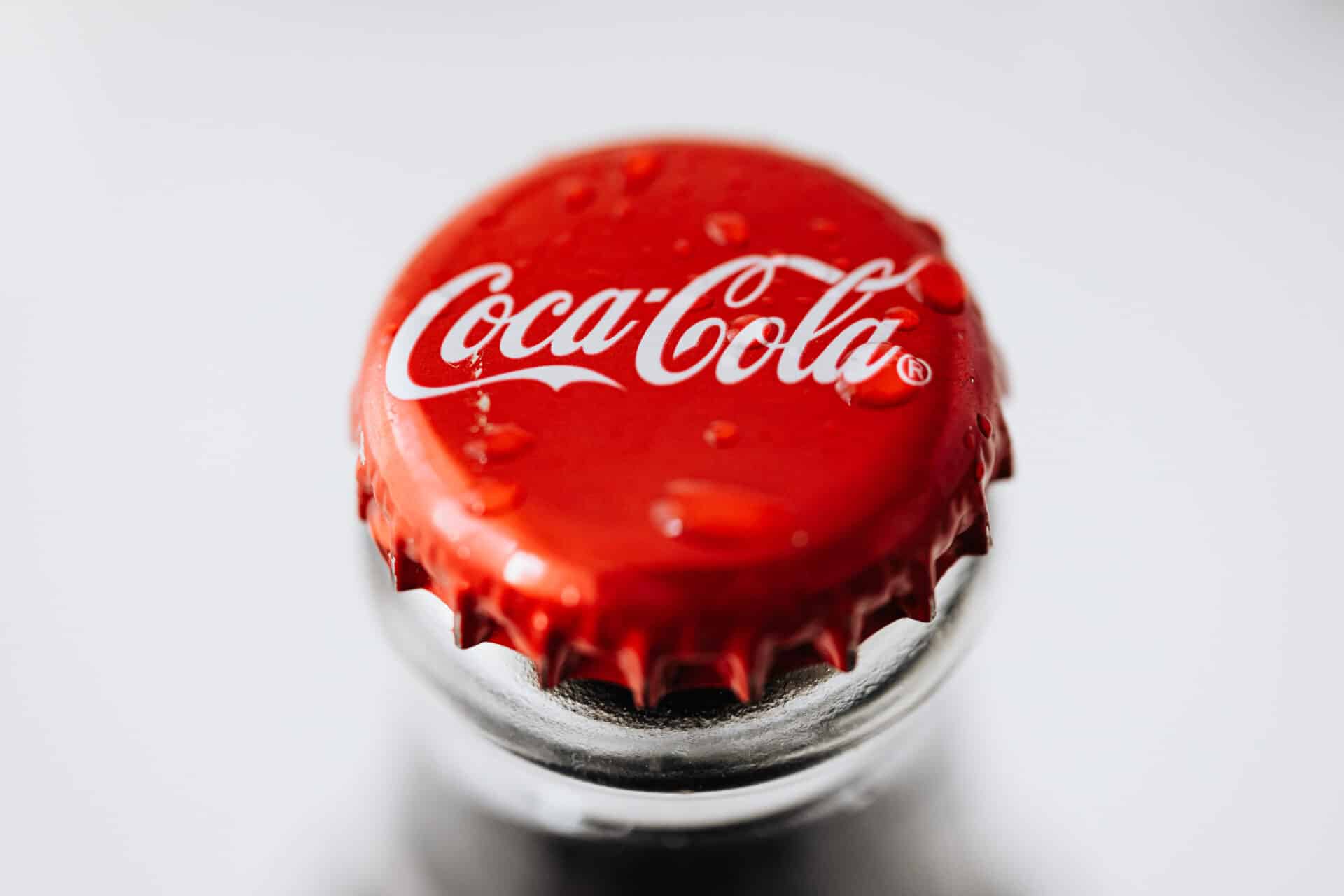Bottled water and distilled water are two distinct types of water that are often confused with each other. While both types of water undergo a purification process, the end result of each type is quite different from the other. Bottled water is purified to reduce impurities like bacteria and chemicals, while distilled water is further processed to remove virtually all contaminants and minerals.No, bottled water is not the same as distilled water. Bottled water is natural spring water collected from an underground source that has been treated and purified to meet certain standards set by the government. Distilled water, on the other hand, is made through a process called distillation which involves boiling the water and collecting its vapor in a separate container, thus leaving behind any impurities or contaminants.
Bottled Water vs Distilled Water
Bottled water and distilled water are two different types of water that have various key differences. Bottled water is simply water that has been bottled and sold for human consumption, while distilled water is a type of purified water that has had both impurities and minerals removed. Bottled water may be sourced from a variety of sources such as springs, wells, or public bodies of water. It is then filtered, treated, and bottled according to specific standards for human consumption. Distilled water, on the other hand, is purified by boiling the liquid and condensing the steam into a clean container. This process removes all impurities and minerals from the liquid, including heavy metals such as lead and copper.
When it comes to taste, bottled water typically contains some minerals which can give it a unique flavor compared to tap or filtered drinking water. Distilled water has no added minerals so it typically has a flat taste. In terms of safety, both bottled and distilled waters are safe for human consumption as long as they meet certain standards set by government agencies like the EPA or FDA.
In terms of cost, bottled water tends to be more
How is Distilled Water Produced?
Distilled water is produced by a process called distillation. This process involves boiling the water and then condensing the steam into a separate container. The steam is then cooled and turned into a liquid, which is known as distilled water. The process removes any impurities that may be present in the water, such as minerals, bacteria and other contaminants. Distilled water can also be made using a reverse osmosis filter, which separates the contaminants from the clean water. The final product is pure, clean drinking water that is free of any harmful elements.
The distillation process is often used to produce drinking water for medical or laboratory use as it guarantees that all impurities have been removed from the final product. It’s also used to produce large quantities of pure water for industrial processes such as cooling systems or power plants. Distillation can also be used to purify seawater for drinking purposes in areas where freshwater resources are scarce or non-existent.
What is the Quality of Bottled Water?
Bottled water has become increasingly popular as a convenient and safe option for drinking water. It is important to understand the quality of bottled water and how it compares to other sources of drinking water. The quality of bottled water depends on several factors, including the source, treatment, bottling process, and storage conditions.
The source of bottled water can be either groundwater or public surface water. Groundwater sources are typically from wells or springs that are located in areas with low population density and little potential for contamination from human activities. Public surface water sources are typically from lakes, rivers, or reservoirs that are treated before being bottled.
The treatment processes used for bottled water vary depending on the source and include filtration, distillation, reverse osmosis, UV light exposure, carbon absorption, and ozonation. Filtration is the most common process used to remove bacteria and other contaminants. Distillation involves boiling the water to remove contaminants while preserving essential minerals that are beneficial for health. Reverse osmosis removes dissolved particles in the water by passing it through a membrane filter. Ultraviolet (UV) light exposure disinfects the water
Are There Any Health Benefits with Bottled Water?
Bottled water has become an increasingly popular choice for many consumers, as it offers convenience and a clean, refreshing taste. However, there are also potential health benefits associated with bottled water that make it an attractive option for some. While some of these potential benefits have yet to be proven, there is evidence to suggest that drinking bottled water can offer certain benefits that are not available through tap water.
One of the potential benefits of drinking bottled water is that it may be better for your teeth than tap water. Tap water can contain fluoride, which is beneficial for oral health but can also lead to staining and discoloration of teeth over time. Bottled water does not contain fluoride or other minerals, which can help keep teeth whiter and brighter in the long run.
Another potential benefit of drinking bottled water is that it may be safer than tap water in some cases. In areas where there are concerns about the safety of tap water due to contamination from bacteria or other contaminants, bottled water can provide an alternative source of safe hydration. Additionally, many brands of bottled water are tested regularly for quality assurance and safety standards before

Can Bottled Water Be Used for Drinking and Cooking?
Bottled water is an increasingly popular choice for both drinking and cooking. It has become a mainstay in many households, with some people preferring it over tap water. Bottled water is also convenient, as it can be bought in large quantities and stored for later use. But is it safe to use bottled water for drinking and cooking?
The short answer is yes, bottled water can be used for both drinking and cooking. In fact, bottled water often undergoes more rigorous testing than municipal tap water, which makes it a safer option in some cases. Bottled water must meet certain standards set by the Food and Drug Administration (FDA) before it can be sold to consumers. These standards include requirements for bacterial content, chlorine levels, pH levels, trace minerals, and other components that could affect the safety of the product.
While bottled water has its advantages, there are some drawbacks to consider as well. For instance, bottled water is often more expensive than tap water due to the cost of production and packaging. Additionally, many plastic bottles used to package bottled water
Does Distilled Water Contain Minerals and Nutrients?
Distilled water is water that has been heated to the point where it turns into steam, which is then condensed and collected. This process removes most of the minerals and other contaminants that are found in regular tap water. As a result, distilled water does not contain any minerals or nutrients.
However, some people believe that distilled water can be beneficial because it may have certain health benefits due to its lack of minerals or impurities. For example, some people believe that drinking distilled water can help to balance electrolytes in the body, as well as being beneficial for those who have kidney or liver problems.
It is important to note that it is still important to drink plenty of fluids when you are consuming distilled water. Even without minerals or nutrients, drinking too much of it can lead to dehydration. It is also important to remember that there are no scientifically proven health benefits associated with drinking distilled water.
In conclusion, while distilled water does not contain any minerals or nutrients, some people believe that drinking it may have certain health benefits due to its lack of contaminants and impurities. However, it is
Does Distilled Water Have a Taste or Odor?
Distilled water does not have a taste or an odor. This is because when distilled, all of the minerals, salts, and metals that give water its taste and smell are filtered out. The process of distillation removes impurities and contaminants from the water by boiling it and then condensing the vapor back into liquid form. The result is pure water with no taste or odor.
The process of distillation also has other benefits, such as eliminating bacteria and other microorganisms that can cause illness if ingested. In addition, it can reduce levels of heavy metals, such as lead, arsenic, mercury, cadmium, chromium, and aluminum. These contaminants can be harmful to human health when consumed in large amounts over time.
The lack of a taste or odor in distilled water also makes it ideal for use in cooking and drinking. As it is free from any chemicals or toxins, it is much safer than tap water for drinking or cooking with. In addition to having no taste or odor, distilled water also has a neutral pH which means it will not affect the flavor of food when used in recipes or

Conclusion
In conclusion, it is safe to say that bottled water is not the same as distilled water. The two types of water are processed different ways and come from different sources. Bottled water typically comes from a natural source like a spring or well and can be filtered or purified. Distilled water is made by boiling away impurities and collecting the steam that forms. Each type of water has its unique properties and advantages, so it’s important to choose the right one for your specific needs.
When selecting bottled or distilled water, it’s important to research the source and process used for each product. This will help you make sure you are getting quality water that meets your desired criteria. Ultimately, both types of water can be healthy options for hydration, but it’s important to do your research before making a decision.

